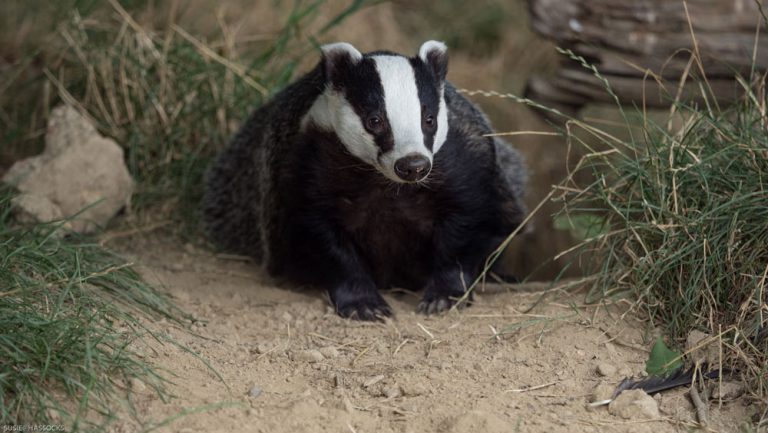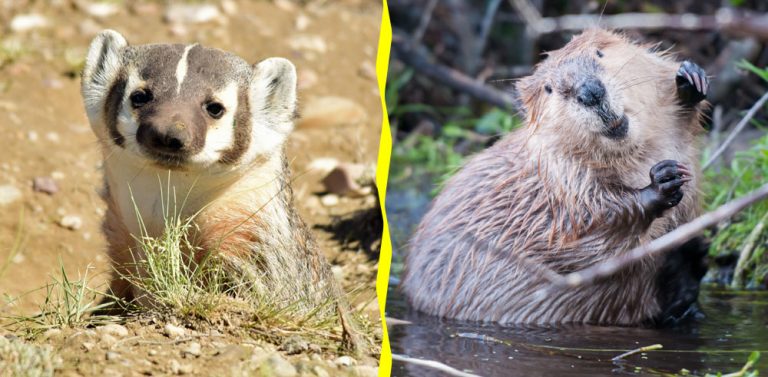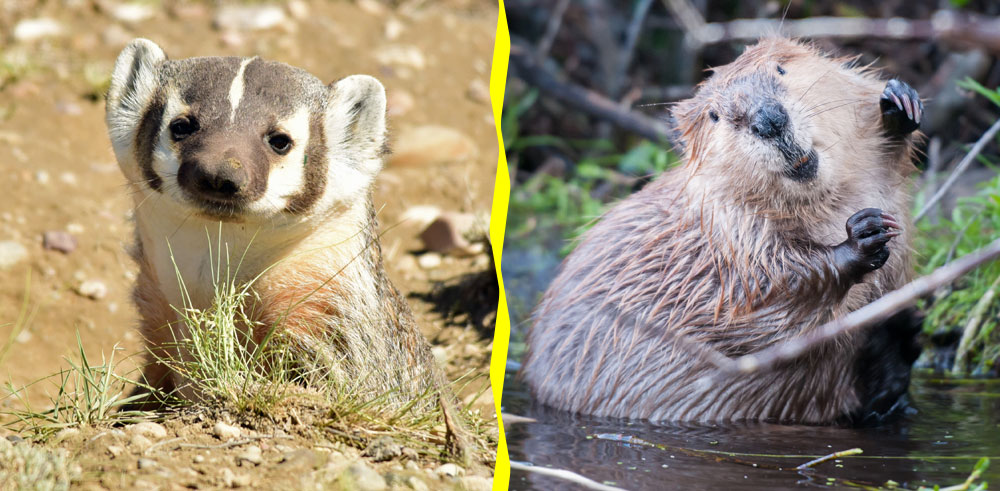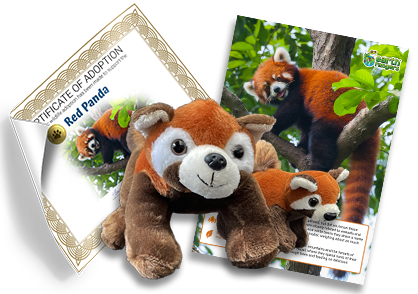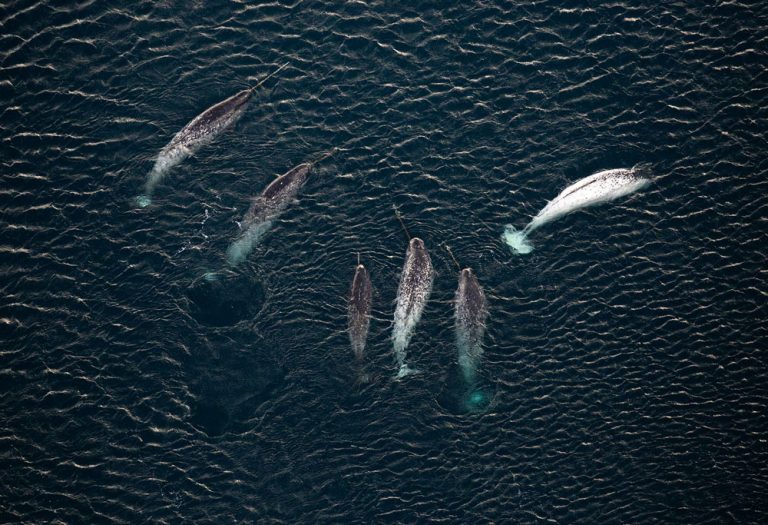When it comes to tunneling, American badgers put everyone to shame! Their epic underground burrows are a maze of tunnels and dens, which is where they sleep and spend a lot of their time. Then, when the badgers are done with them, they are perfect for a rabbit or fox to take over. It’s time to channel your inner badgers because for this Eco-Activity, we’re building a badger den!

Instructions
1. Set up the walls of your den. They can be made out of couch cushions, chairs, or even just a table that you can sit under.
2. Hang the blankets over the walls. If your blankets are too small, you can use clothespins to keep them together.
3. Grab some comfy blankets and pillows and set up the inside of your den. Make sure it’s super cozy!
4. Your den is ready! Head inside and hangout: read a badger blog post, watch a badger video, or take a nap to get the full badger experience.

We want to see your badger den! Share a photo with us on social media or send an email to membership@earthrangers.com!





